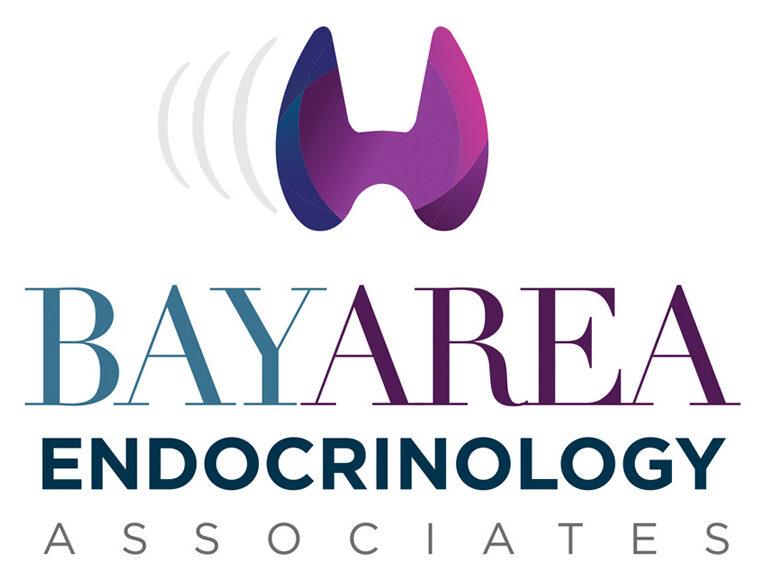One of the most common symptoms of diabetes is hyperglycemia, which is a condition where a person’s blood sugar levels are high enough to cause damage. It is essential for people with diabetes to monitor blood sugar levels and make changes as necessary. One type of monitoring device that has been especially popular with this population is continuous glucose monitors (CGM).
Understanding continuous glucose monitoring
Continued glucose monitoring is a type of glucose monitoring device worn as a sensor under the skin to give a more accurate measure of blood sugar levels than other monitoring devices, such as a blood glucose meter or an insulin pump. CGM has proven effective in helping patients better manage their diabetes and avoid dangerous episodes of hypoglycemia. It’s also been helpful for people with type 2 diabetes who have trouble remembering to test their blood sugar levels regularly.
Although it’s still unclear why some people have reported that continuous monitoring of glucose helps them to avoid the negative consequences of high-glucose episodes better than an acute test does, this may be because it appears that constant monitoring can help people learn to anticipate when their blood sugar level is about to rise and take steps to prevent it from going too high.
Patients who qualify for continuous glucose monitoring
To allow for continuous glucose monitoring, a person must be at least 10% over their target range and have had an episode of hypoglycemia or hyperglycemia in the previous two months. Patients with difficulty testing glucose levels regularly, including children with type 1 diabetes, may also be considered for this monitoring.
Patients who qualify for continuous glucose monitoring must also meet the following criteria
* Have permission to use it continuously from the doctor
* Be reliable about testing their blood sugar levels before, during, and after exercise, as well as
before and after taking medication.
* Have a constant level of carbohydrates in their diet.
* Not be allergic to the sensors used with continuous glucose monitoring.
The Benefits of Continuous Glucose Monitoring
1. It can help with diabetes self-management
Patients with diabetes can use continuous glucose monitoring to help them better manage their diabetes and avoid dangerous episodes of hypoglycemia. The CGM is designed to give alert readings every few minutes that warn a person if their blood sugar level is too high or too low. Thyroid problems, some medications, and a change in diet may cause shifts in glucose levels. Still, with continuous monitoring, patients can know as soon as something happens and take steps to keep their glucose levels within their target range.
2. It may prevent health problems
Continuous glucose monitoring can help people keep their glucose levels in the correct range. Doing so can prevent some long-term health problems associated with diabetes, such as heart disease, eye disease, and kidney damage. Patients using continuous glucose monitoring have reported that they’re less likely to experience drastic fluctuations in blood sugar.
3. A better quality of life
The CGM can help people with diabetes monitor their glucose levels at any time, meaning that they don’t need to go in a lot of effort to keep it in balance. It gives them a better quality of life, as they no longer have to stress out about accidentally going into a hypoglycemic coma or hyperglycemic seizure. An endocrinologist can also use CGM to help patients with diabetes better manage their blood sugar levels.
4. Minimizes Costs
Using a CGM can help people with diabetes monitor their glucose levels consistently. They can use the device, like other monitoring equipment, such as blood glucose meters and insulin pumps, to test their blood sugar levels and record the result. It means that they don’t need to pay for a lot of expensive disposable testing strips. A doctor recommends that a patient starts with a certain kind of CGM. Patients interested in using this device should ensure they know how to use it properly and how to care for the implant site.
5. Better follow-up care from physicians is provided
Physicians’ offices that use continuous glucose monitoring as part of their treatment approach can improve care by allowing patients to monitor themselves and take control of their diabetes. Tracking blood sugar levels can also help keep a patient’s diabetes under better control in the long term. They’re also less likely to experience hyperglycemic or hypoglycemic events, meaning they’ll spend less time in the doctor’s office.
Continuous glucose monitoring is an effective tool for people with diabetes to better manage the disease. It allows them to monitor their blood sugar levels continuously, giving them a more accurate picture of how they fluctuate throughout the day.
6. First, a proactive response
Doctors’ continuous monitoring has been reported to be the first step in helping to prevent hyperglycemia, which is the number one cause of hypoglycemia in people with diabetes. When a person with diabetes detects a worsening glucose level, they can choose how to respond. They can do something as simple as adjusting their diet or medication routine, engaging in exercise, or seeking medical attention if they suspect this may be an emergency.
7. It can help to get a better understanding of hyperglycemia
It is reported that continuous glucose monitoring can help diabetes patients understand hyperglycemia symptoms, which they can then use to adjust their medication and diet routine. Patients using continuous glucose monitoring typically report feeling more in control over their disease and better able to monitor it. They can also review data on past episodes of hypoglycemia or hyperglycemia and make changes accordingly.
8. Easier Diagnosis
Most patients who use a CGM can receive better diabetes care when their physician uses it as a diagnostic tool. The CGM can help to diagnose better hypoglycemic and hyperglycemic episodes, which allows patients to develop a deeper understanding of the impact these events have on their blood sugar levels. It is also easier to diagnose and treat patients who can control their diabetes better, as the doctor can react more quickly to their poor glucose control.
9. Improved treatment outcomes
Diabetes patients who use continuous glucose monitoring report being able to tailor their lifestyle more effectively than those who don’t. They can therefore reduce or eliminate medication and dietary restrictions, which can reduce the risk of complications related to diabetes. They can also eradicate hypoglycemic and hyperglycemic episodes, which can help to lower their blood pressure and improve cholesterol levels.
Continuous glucose monitors are designed to provide patients with diabetes with a better understanding of how their disease impacts their daily lives. They also help patients to feel more in control of their diabetes, as they’re able to monitor it at any time and make decisions on how to manage it.
If you have any questions about continuous glucose monitoring in patients, Our endocrinology practice offers treatment to people with Type one and Two Diabetes. Please don’t hesitate to contact our support team; we’ll gladly help you.









